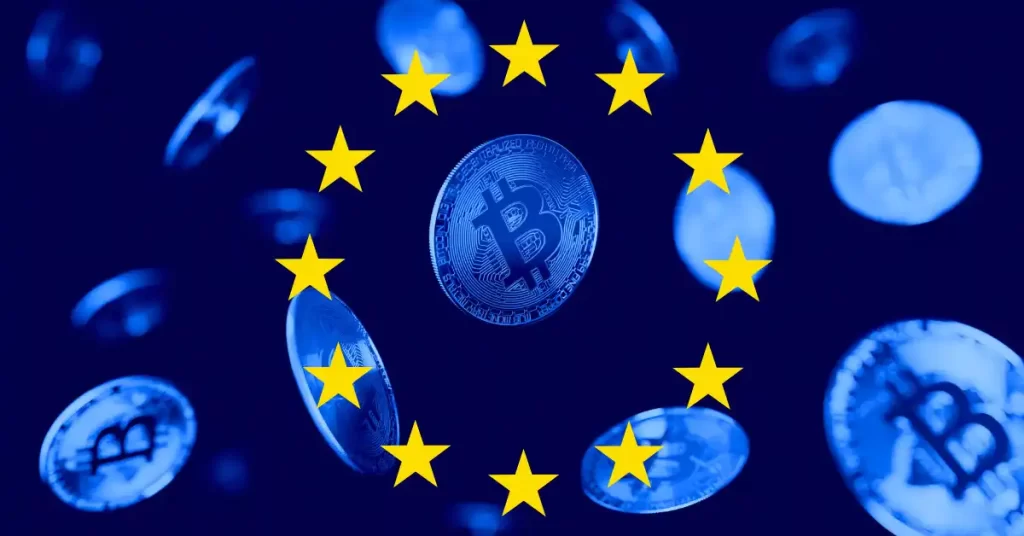Crypto Regulation Showdown: US & Asia Leap Ahead as EU Struggles to Keep Up
While Wall Street and Asian tigers sprint toward crypto clarity, Europe''s regulators are stuck in committee purgatory. The gap isn''t just growing—it''s becoming a chasm.
Three tectonic shifts exposing EU inertia:
1. The SEC''s brutal clarity: America''s ''regulation by enforcement'' approach—love it or hate it—gives exchanges a binary choice: comply or die. Meanwhile, MiCA''s phase-in period stretches into 2026.
2. Asia''s pragmatism play: Singapore and Japan now process crypto licenses faster than most EU banks can schedule compliance meetings. Their secret? Treating digital assets like the $2T market they are—not some niche experiment.
3. The talent drain: Berlin''s crypto founders now book one-way tickets to Dubai. When your best builders flee rather than navigate 27 different interpretations of ''travel rule'' compliance, you''ve got a systemic problem.
Brussels insists slow-and-steady wins the race. But in crypto years? The EU just got lapped—twice. Maybe they''ll catch up right after finalizing that unified banking license framework they''ve been debating since 2008.

The European Union (EU) is facing growing concerns that it may be losing its edge in the global crypto race, with experts warning it could become a “crypto flyover zone” between the US and Asia. While the EU was once a pioneer in digital asset regulation, newer, more agile jurisdictions are now pulling ahead.
EU at Risk of Falling Behind in Crypto Regulation?
Speaking at the, Catriona Kellas, International Legal Lead for Figital Projects, sounded the alarm.
“There is a real risk with this technology that jurisdictions which were perhaps at the very forefront a few years ago—it’s so easy to fall behind,” she stated.
She emphasized thatare pressuring the EU, which is still locked in slower legislative cycles. While the EU remains in a “strong place,” Kellas warned it risks becoming a flyover zone if it fails to adapt quickly.
Spotlight on EU’s Digital Ledger Technology (DLT)
Kellas highlighted the importance of the, which has been in effect for only a few years. She acknowledged EU regulators are actively working to, but said more needs to be done.
Theallows for the issuance, recording, transfer, and storage of tokenized financial instruments on dedicated blockchain infrastructures. Kellas noted that the EU is at least “asking the right questions” — especially around, the potential update to its flagship crypto framework.
What the EU Has Done in 2025
Despite growing criticism, the EU has made notable progress this year:
- Introduced stricter environmental regulations for crypto operations to reduce carbon emissions.
- Implemented the Digital Operational Resilience Act (DORA) to strengthen IT and communication security across financial services.
- Expanded cybersecurity measures for digital asset service providers.
These steps signal a push toward sustainable and secure crypto integration — but experts argue they arewith more nimble jurisdictions.
MiCA: A Game Changer or a Bottleneck?
Theofficially came into effect in January 2025, aiming to bring uniformity across the EU. It enables member states to issue crypto licenses that grant companies access to all 27 EU countries.
However, the rollout has been, and some worrycould undercut MiCA’s effectiveness. While MiCA’s ambition is to bring crypto into the traditional financial system, delays could discourage innovation and push crypto firms toward more favorable regions.
With the US and APAC advancing rapidly in crypto innovation and regulation,to stay competitive. Otherwise, it risks becoming a passive observer — ain the fast-evolving digital asset world.

